

Age: 76
Sex: female
Date: 22 Mar 1960
Place: 369 Kilburn High Road, London
Maud Evelyn Miller died after being attacked in her tobacconist's shop in Kilburn High Road, London.
A 19-year-old Labourer was tried for her murder but acquitted after it was heard that it could not be shown that a blow he had given her over the head with an iron bar had killed her. However, he was convicted of robbing her for 15s and sentenced to four years' imprisonment.
The 19-year-old labourer had lived in Calcott Road, Kilburn. He had broken into Maud Miller's shop on 17 February 1960 and attacked her and she died five days later.
Maud Miller had been robbed two days in a row at her shop.

Maud Miller had been a widow.
In his statement the Youth said:
I was outside the shop today wondering whether to go in again, when the policeman stopped me. I have been in the shop three times altogether. The first was about three weeks ago, I had been out of work about three weeks and I was short of money. I knew there was an old girl in the shop, so I went in for money. She was in the back of the shop. I reached over the counter, opened the till, and grabbed some silver, it was about ten bob in all. She came out just as I was leaving but I was out of the door before she got near me. After that I had a job for a week and then this week I have been out of work again. As I was short of money I decided to go back to the shop.
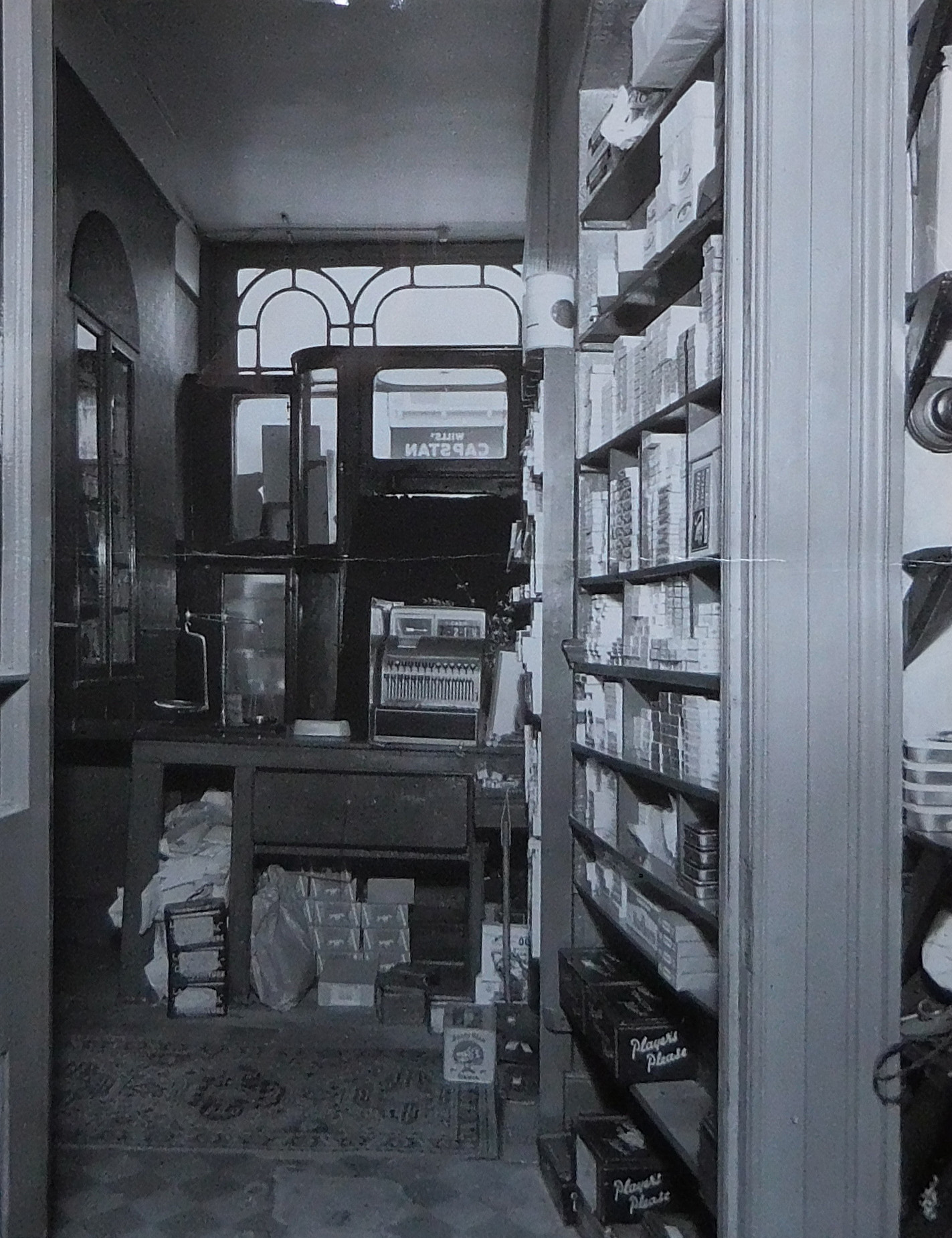
I went in there on Tuesday. She was in the back of the shop again. I got a chair that was there and stood on it and reached over to the till. As I opened it she came out and she caught hold of my hand, and I managed to get away with about seven bob. I did not touch the woman at all. I went back there again on Wednesday at the same time. She was in the back again and as I went in she came out. I may have said something to her but I can't remember. I stood on the chair again and took a handful of silver, about fifteen bob this time. She stood back behind the counter and she did not come near me because I had the iron bar in my hand. I did not touch her in any way because she was too far away behind the counter, and she did not attempt to stop me taking the money because of the bar I had.
After grabbing this money I ran out of the shop. I was undecided about today, but I doubt if I would have gone in there as I am starting work again on Monday. I always carry that knife with me because I work on a building site. I had the bar with me in case I decided to go in the shop. I have never been in trouble before, and I have never robbed anyone else'.
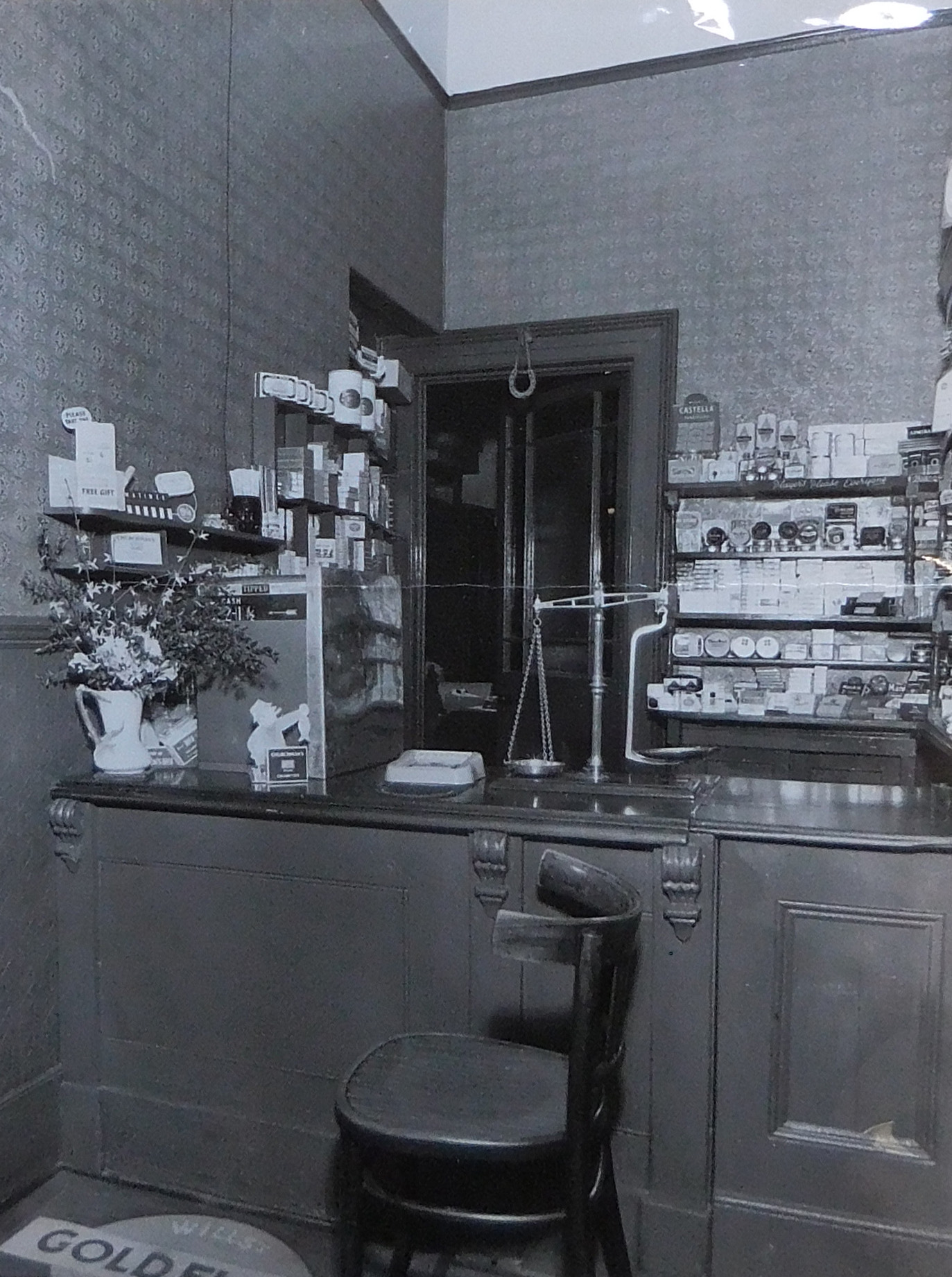
A casualty officer at Paddington General Hospital said that on the afternoon of 17 February 1960 at 3.15pm he was called to see Maud Miller. He said that she was conscious and had sustained a bruise on the back of the left side of her head that was three inches long going in a direction from front to back, noting that it was an injury that could have been caused by a piece of metal that he was shown.
He said that her head was not bleeding but that it was a severe bruise which he thought would have been sufficient to have rendered her dizzy.
He added that she had two small scratches on the back of her left hand and a deformity and shortening of her left leg which was in the region of her left thigh. He said that she was x-rayed which revealed a pertrochanteric fracture of her left femur and was then operated on and the fracture joined by a pin.
He said that the deformity was a sign of a broken femur at the level of the hip which could have been caused by a fall.
He added that her head injury could have been caused by something other than the iron bar.
An orthopaedic registrar at Paddington General Hospital said that he first saw Maud Miller on the evening of 17 February 1960 by which time the fracture of her femur had been diagnosed. He said that he noticed that she had a bruise on her head, saying that there was some swelling and discolouration.
He said that he operated on her that night saying that she had a nasty fracture of the upper end of her thigh bone and that the only method to reduce the fracture was to operate and insert a stainless steel nail to hold the pieces together. He said that she faired fairly well after the operation noting that there were no signs that she was prone to thrombosis although she did have chronic bronchitis.
He said that until the day she died on 22 March 1960 she had progressed and had been due to start walking the following week, noting that her death was quite unexpected. He said that an early morning examination revealed that she had high blood pressure. He noted that her heart for her age was reasonably good but that she had an irregularity of her pulse which was compatible with high blood pressure and said that she was given digitalus. he said that her death was due to pulmonary emoblus secondary to phlebothrombosis of her legs, and that she had had thrombosis in both legs. He noted that there was no sign of it before she died.
The orthopaedic registrar said that in persons of her age thrombosis was a well-known post operational complication and that it was unlikely that she would have had the thrombosis if she had not had the fracture. He noted that there had been no complication resulting from her head injury which he said had cleared up satisfactorily.
The pathologist that carried out Maud Miller's post mortem said that her death was due to a pulmonary embolus which was a clot of blood that had blocked the vessels leading into both lungs and that that clot had come from the clotting of the veins of both legs and that such clotting was a recognised complication with any person that was confined to bed following an injury.
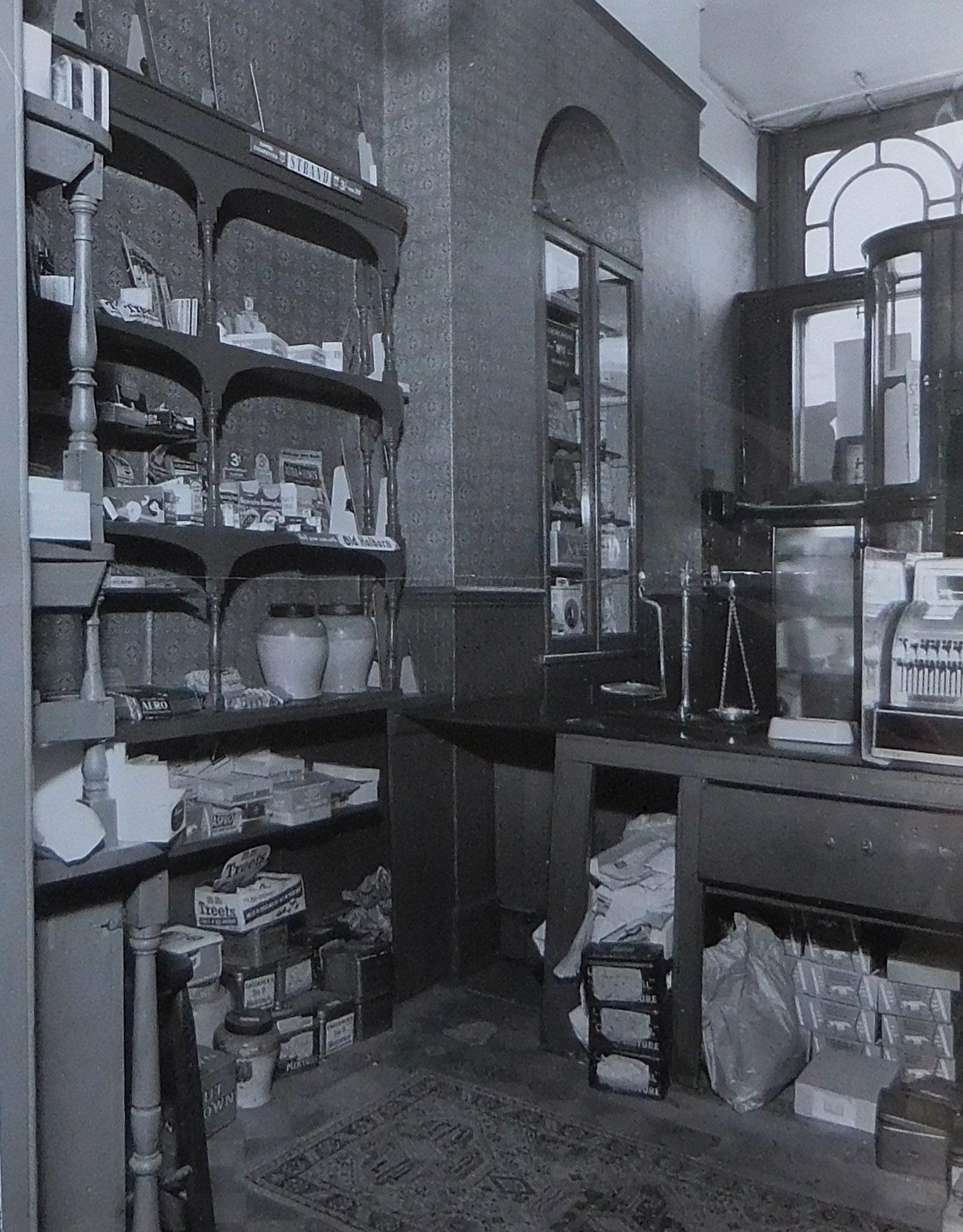
He added that in Maud Miller's case that the injury had been a fracture of the neck of the left thigh bone that had been treated properly by fixing it mechanically with a pin by operation. He added that there was no swelling in the legs that would have given a previous indication that the clotting process was in existence and therefore a source of danger.
He said that in his opinion that the fractured femur had definitely contributed to her death but that at the same time he would make it clear that you did not need a fractured femur to cause clotting of the veins of the leg. However, he further added that it was in his experience a common complication of fractured femur that caused death.
However, he added that at the same time, it was not only cases of fractured femur that developed thrombosis of the leg veins on immobilisation bringing about pulmonary emboli, stating that any old person who fell was more likely to get a fractured thigh than other people and that it did not require a very severe fall. He noted that Maud Miller had been 5ft 3in tall and about 8½ stone and that she had arthritis in the small joints of the hands and in other joints. He said that although elderly peoples bones were more fragile, that Maud Miller's thigh bones were slightly more fragile than average for her age. He added that she had suffered from fairly severe arterial degenerative changes but no more than might be expected at her age although she had shown some obstruction to the arteries because of those degenerative changes.
He said that the blood clot in the veins of each leg extended in the case of the right vein to just below the groin and in the left vein rather lower and in both cases down to the calves. He said that there was rather more swelling of the tissues on the right side but that it was not obvious from the outside.
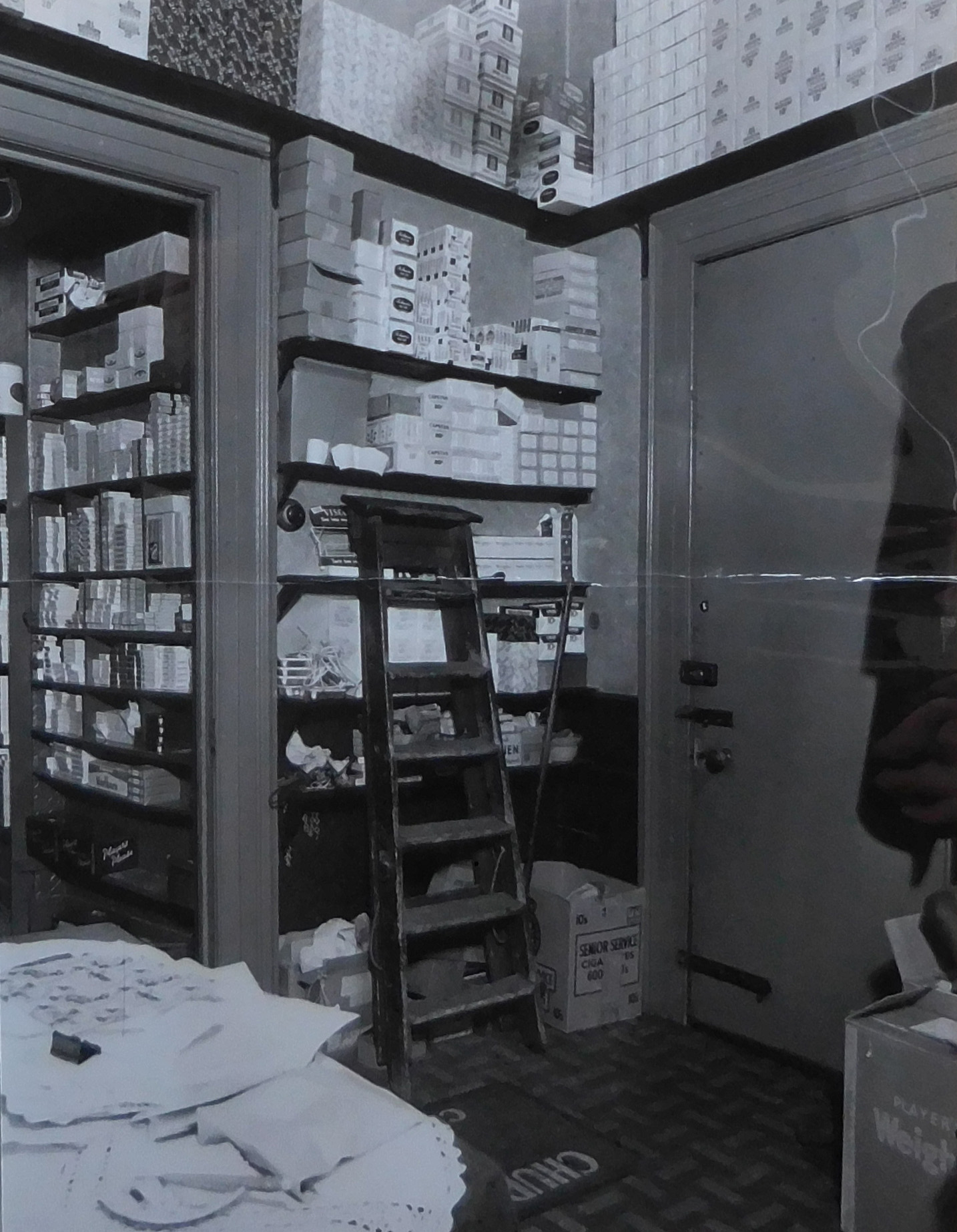
He added that microscopic sections showed that the clot was consistent with having fallen after the injury but that he could not definitely say from which leg the clot was detached, but rather thought it more likely to be from the left.
He added that he found no injury to her skull from the blow.
The Labourer was charged with Maud Miller's murder on 4 April 1960.
After the incident in the shop on 16 February 1960, a shop assistant at Hemmings the bakers who were at 367 High Road, Kilburn, the shop next to Maud Miller's shop said that at about 2.30pm a woman customer came into her shop and told her something and that she then telephoned the police and then went into Maud Miller's shop where she found Maud Miller sitting on a stool on her side of the counter. She said that her hand was bruised and bleeding on the back and that she then went and made a hot drink for her and that when she came back there were two gentlemen that might have been the police.
A police constable attached to Willesden Green Police Station said that he had been on duty in a police patrol car at 2.30pm on 16 February 1960 when he received some information and went to Maud Miller's tobacconists shop at 369 High Road, Kilburn. He said that he was wearing plain clothes at the time and that when he entered the shop he saw Maud Miller there standing behind the counter, counting and arranging money that was on the counter and on the floor by the till. He noted that the till was open and that he saw money, including silver coins, scattered about the floor.
He said that he then went back to his car after seeing Maud Miller and made a search for whoever it was that had been in her shop and made a broadcast of the description of the man that Maud Miller had given him.
The police constable said that at about 2.25pm the following day, 17 February 1960, that he had been in plain clothes again in the same car with the same crew and was again directed to 369 High Road, Kilburn, getting there at about 2.30pm to find the door shut. He said that he tried to open it but found it locked but could see through the window and knocked on the door and that an elderly woman let him in, coming to the door from behind the counter.
He said that the till was turned 45 degrees from its normal position towards the customer and on the other side of the counter and that the shield alongside the till had been pulled away from the till, which itself was open. He noted that there was quite a considerable amount of money lying scattered about, including silver, copper and paper money on the serving side of the counter. He added that the showcase that was normally against the till had been knocked over and its contents strewn behind the counter along with the money, the contents of which having been bars of chocolate and packets of cigarettes.
He said that when he then went behind the counter and in to the living room at the back that he saw Maud Miller sitting on the floor with her head propped against a chair. He said that she had been about four feet inside the door of the living room and noticed that her left leg was twisted under her in an unnatural position. He said that he then spoke to her and looked at her head and noticed a very large lump on the left hand side near the crown, estimating it to be about the size of a golf ball but noting that the skin was not broken and that there was no bleeding. He added that it was obvious that it was causing her considerable distress as was her leg.
He said that he then went out again and used his car to broadcast the description of the man again and that by the time he returned that the ambulance had arrived. He said that before she left that he locked up her shop for her and then gave her the keys.
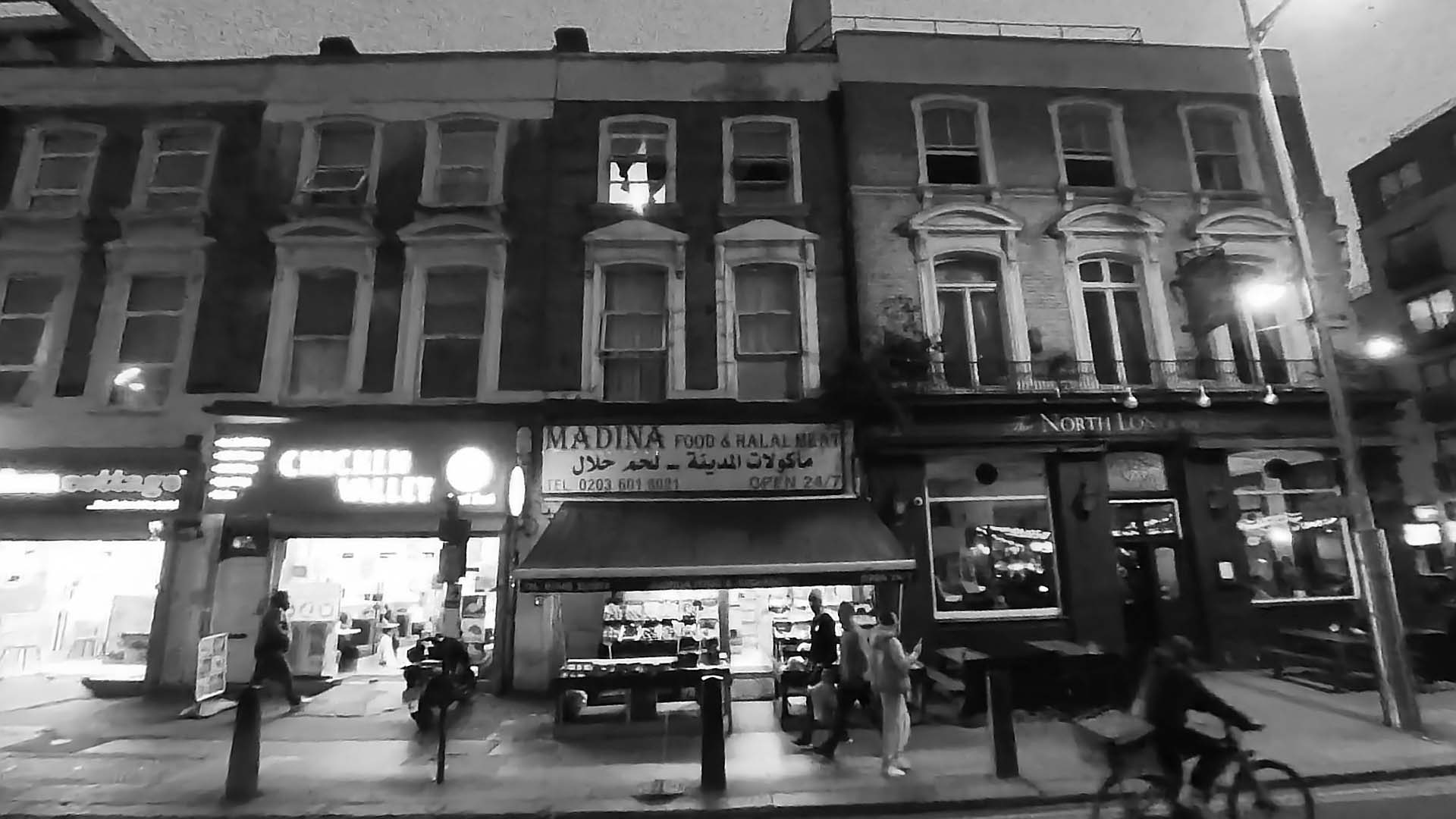
On Friday 19 February 1960 at about 1.15pm, a police constable attached to Harlesden Police Station said that he had been on duty in Kilburn High Road when he saw the Labourer loitering in the doorway of the North London public house which was next door to Maud Millers tobacconists shop, separated by Fermingers estate agents.
He said that the Labourer had been wearing a dirty fawn coloured raincoat and a dark coloured suit and carrying a brown paper carrier bag. He said that they decided to keep him under observation and that after they had been watching him for a few minutes that he started walking down Kilburn High Road in a southernly direction past Maud Miller's shop and then cross the street and eventually enter the Lord Palmerston public house where he stayed for about 30 minutes. He said that after that the Labourer came out again and went back up Kilburn High Road, remaining on the Lord Palmerston side of the road until he came to 369 when he crossed over and walked past Maud Miller's shop and then again went to stand in the doorway of the North London public house.
The police constable said that it was then that they approached him and told him that they were police officers and that he matched the description of a man wanted for robbery with violence at the tobacconists on the Wednesday and then asked him what he had in his paper bag. He said that when he asked him the Labourer said, 'Nothing'. He said that when he looked in the paper bag he found a piece of metal, a pyjama cord and the belt of a raincoat. He said that when he asked the Labourer, 'What have you got that for?' the Labourer replied, 'Alright I only used it to frighten her'. The police constable then said to him, 'I am going to arrest you for robbery with violence at this tobacconists shop last Wednesday' and that they then took him to Willesden Green Police Station where they searched him and found a knife on him in his hip pocket after which the Labourer made his statement.
Maud Miller's sister who lived in Rugby Road, Kingsbury, said that Maud Miller had been twice married when she died and that the tobacconists shop at 369 High Road, Kilburn had been her second husband's shop. She noted that although Maud Miller had a house in Plympton Road she usually slept in the living room at the back of her shop.
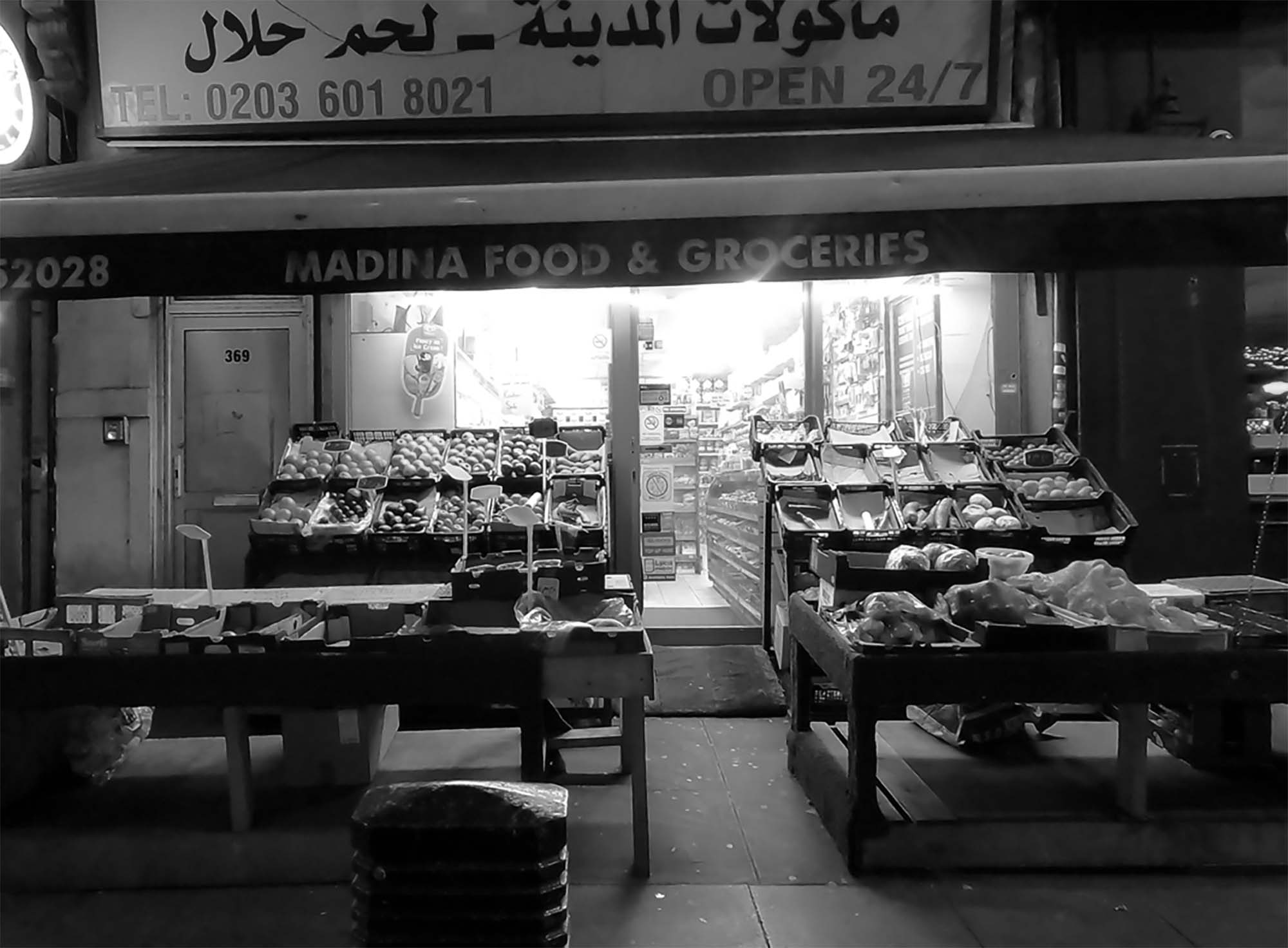
She said that it had been her habit to visit Maud Miller about twice a week at the shop and that Friday was one of her normal days and said that she remembered one Friday in January 1960 when she had been there whilst something was being done to the till. She said that she was sitting in the back and that the door to the living room from the shop was open. She said that they both heard the till ring and that she was the first into the shop, noting that there was no one in the shop but that the drawer of the till was open and that she saw a man walking out with his hands in his pockets and that she went out after him. She said that she saw him go round to the North London public house, saying she saw him at the corner by the saloon bar whilst she was outside the public bar. She said that thinking that he had gone into the saloon bar she went in but said that he wasn't in there and that that was how she lost him.
She said that she never saw the man's face but noted that he was short, young, thin and had black hair and had been wearing an overcoat.
She added that the man had had a start on her because she had had to open the counter flap which required her to first open two bolts.
She said that when she got back to the shop she spoke to Maud Miller and then looked in the till. she said that before seeing the man that she had used the till to serve a customer at which time there had been some ten shilling notes there, noting that a customer had paid her with a 10/- note and that she had put it in the till with the other. She said that after the incident when she later served somebody she noted that there were no ten shilling notes in the till.
She noted that to open the till you had to press a button.
The 19-year-old Labourer's trial took place at the Old Bailey and he was acquitted on Friday 29 April 1960.
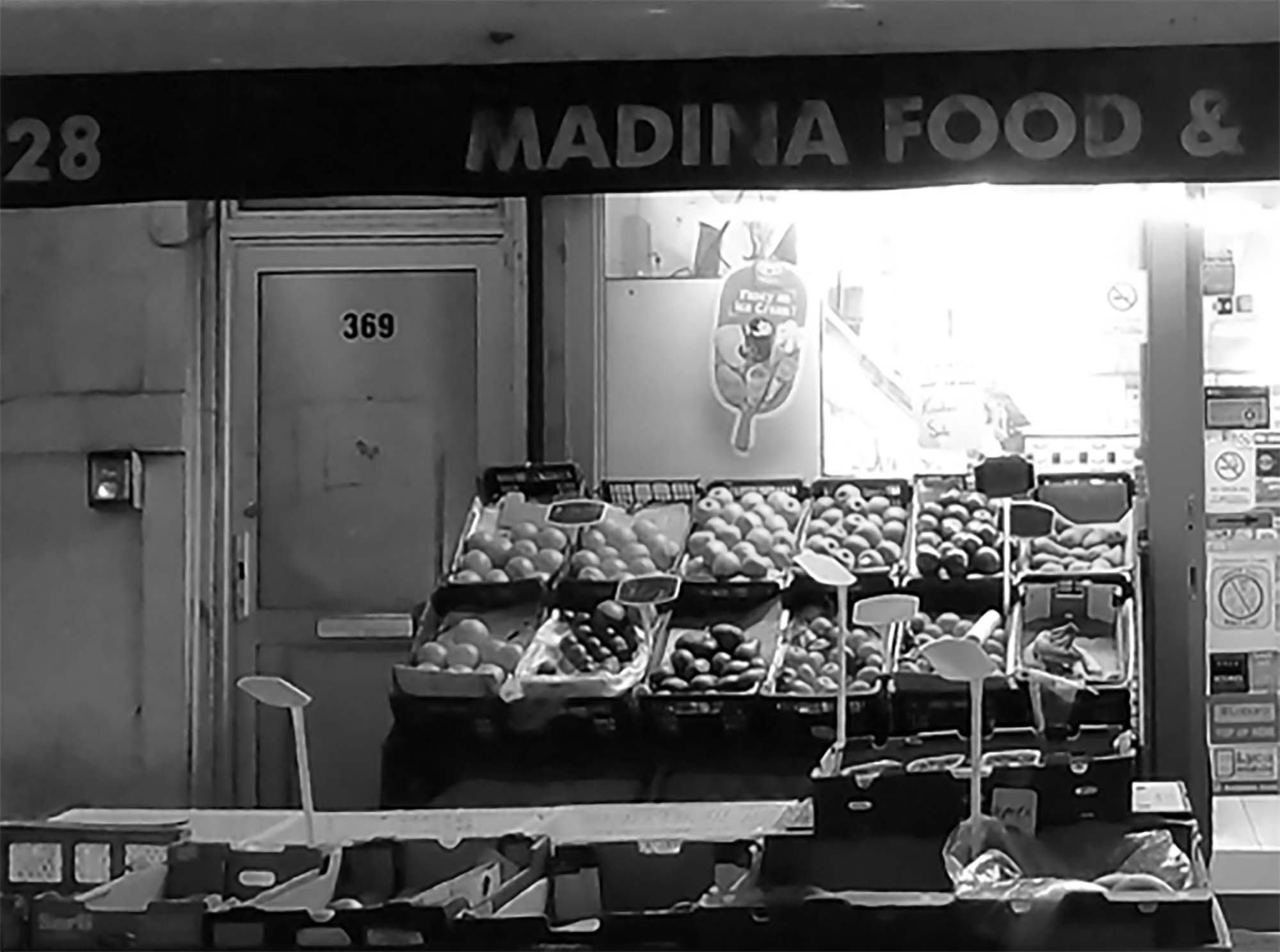
At the close of the evidence for the prosecution the defence submitted that there was a break in the link of causation between the assault on 17 February 1960 and Maud Miller's death five days later. He said that it had not been established that the blow on her head had accelerated her death. Following the submission the judge agreed and directed the jury to return a not guilty verdict.
369 Kilburn High Road is now a Food and Halal Meat Shop.
see National Arhives - DPP 2/3082, CRIM 1/3396
see "Youth On Murder Charge." Times [London, England] 5 Apr. 1960: 9. The Times Digital Archive. Web. 10 Mar. 2013.
see Daily News (London) - Saturday 30 April 1960
see Daily Express Sat 26 Mar 1960 Page 11